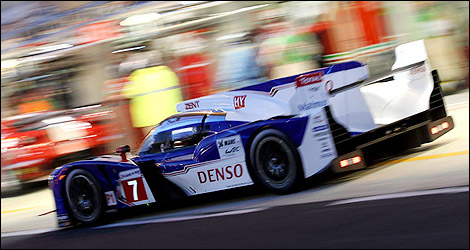Recently, I had the opportunity to step aboard a vehicle powered by no less than 224 pistons, and developing an aggregate 32,000 horsepower.
While the vehicle is now a static display at the Evergreen Aviation Museum in McMinnville, Oregon, it performed at least once, managing to fly approximately 1.6 km (1 mile) at an altitude of 21 m (70 ft), reaching 217 km/h (135 mph) in 1947.
Of course, I'm talking about the Hughes H-4 Hercules flying boat, more commonly known as the Spruce Goose. This huge aircraft - one of the largest ever built - was developed by Howard Hughes, a world famous tycoon, along with Henry J. Kaiser.
 |
| Photo: Rob Rothwell |
The Second World War was raging and the United States needed a reliable means of transporting up to 750 troops or large military assets such as tanks. With steel, particularly aluminum, in short supply, there was no option but to construct the flying boat with wood.
While we know of it as the Spruce Goose, the H-4 Hercules was comprised of only 4% spruce. The plane was largely composed of a composite of plywood and resin. And while the structure of the Spruce Goose is fascinating, it's the eight Pratt & Whitney R-4360 28-cylinder radial-design engines that boggled my mind.
Each engine consists of seven banks of four cylinders offset from one and other to allow better air circulation and cooling. The final two banks were water-cooled due to the inability of cold air to reach them.
Exactly how 224 carburetor-fed cylinders were kept in perfect tune is a mystery to me. Would you even know if one, two or a dozen cylinders weren't firing? Given the massive size and weight of the Spruce Goose, 180,000 kg or 400,000 lb, fullpower was needed to get it out of the water and airborne.
Standing in the cavernous belly of the flying boat left me dumbfounded by its enormity. What an amazing piece of American aviation history.
Due to the end of the war, the Spruce Goose became obsolete before it was ever pressed into service. Sadly, it was mothballed and never flew again.
I can't think of any other vehicle that was powered by more than 224 cylinders. Can you?
 |
| Photo: Rob Rothwell |
Feature picture from: UNLV Librairies Digital Collections
 The latest auto news, reviews, prices, product and vehicle releases.
The latest auto news, reviews, prices, product and vehicle releases. 



